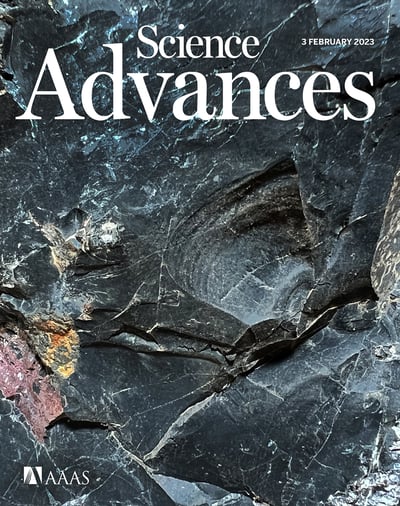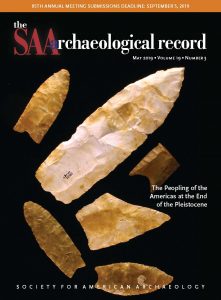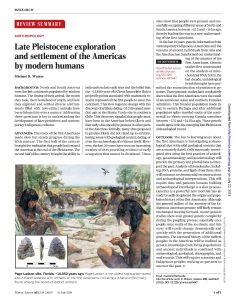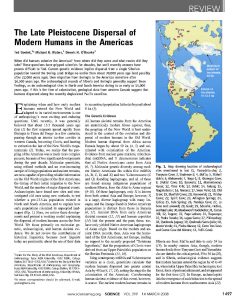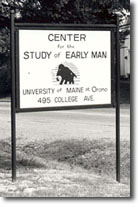About Us
Our Mission
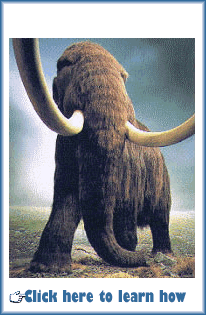 The mission of the Center for the Study of the First Americans is to pursue research, train students, promote scientific dialogue, and stimulate public interest in the first people to enter and settle the Americas at the end of the last Ice Age.
The mission of the Center for the Study of the First Americans is to pursue research, train students, promote scientific dialogue, and stimulate public interest in the first people to enter and settle the Americas at the end of the last Ice Age.
Research: The Center develops new knowledge regarding PaleoAmerican origins, human dispersal, settlement, and cultural and biological development that occurred during the late Pleistocene.
Education: The Center trains students to become well-informed and thoughtful scientists–the next generation of archaeologists and First American researchers.
Outreach: The Center disseminates the results of academic research about the First Americans to the professional community and the general public through its publications, workshops, and conventions.
The First Americans
The last continents to be populated by modern humans were North and South America. We know that this occurred sometime during the late Pleistocene–the end of the last Ice Age. Even though this topic has been studied for over a hundred years, we still do not know with certainty–When did the first people enter the Americas? Who were these people and from where did they come? Which routes did these people take to enter unglaciated North America? What sorts of environments and climates did the First Americans encounter? How did they first people expand and adapt to the Western Hemisphere’s varied environment? These and many other questions remain open to debate.
Understanding the process of the peopling of the Americas is one of the most important questions in American archaeology. All Indigenous Americans are derive from these first people. The study of the First Americans is an interdisciplinary and international endeavor.
A new study by Center Director Mike Waters and his coauthors of the 13,900-year-old osseous point embedded in the rib of the Manis Mastodon, Washington was just published in the journal Science Advances. Click here to read the open access article.
Mike Waters, Ted Goebel, and Kelly Graf edited a special issue of The SAA Archaeological Record.
Mike Waters published a review article “Late Pleistocene Exploration and Settlement of the Americas by Modern Humans” in the journal Science.
"The Late Pleistocene Dispersal of Modern Humans in the Americas" Ted Goebel et al. From the journal Science, 2008.
History of the Center
In 1981, Dr. Robson Bonnichsen, an associate professor of Anthropology and Quaternary Studies at the University of Maine, established the Center for the Study of Early Man and served as its first Director. The creation of the Center was made possible through a generous donation by the Bingham Trust. In 1990, the name of the Center was changed to the Center for the Study of the First Americans. Dr. Bonnichsen moved the Center from Maine to Oregon State University in Corvallis in 1994.
The Center relocated to its permanent home at Texas A&M University in the summer of 2002 to be in a more active academic setting with many education, research, and outreach opportunities. Dr. Bonnichsen served as the Center Director until his death in December 2004. Dr. Michael Waters, who served as Associate Director from 2002-2004, became the Director in January 2005. Dr. Ted Goebel became Associate Director of the Center in September 2006.
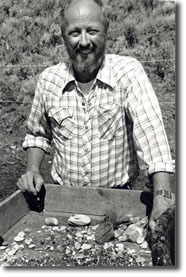 While Director of the Center, Dr. Bonnichsen convened several influential conferences that set new directions in the field, including the 1989 First World Summit Conference at the University of Maine and the 1999 international peopling of the Americas conference called “Clovis and Beyond” in Santa Fe. Dr. Bonnichsen founded the Center’s quarterly news magazine, the Mammoth Trumpet, and the Center’s annual journal, Current Research in the Pleistocene (discontinued in 2011). Dr. Bonnichsen also established the Center’s book series and published 14 books. Also during this time, he was pursuing his own pioneering research. Professor Bonnichsen was known nationally and internationally for his interdisciplinary research projects, syntheses of the field, and as a spokesperson for First American studies.
While Director of the Center, Dr. Bonnichsen convened several influential conferences that set new directions in the field, including the 1989 First World Summit Conference at the University of Maine and the 1999 international peopling of the Americas conference called “Clovis and Beyond” in Santa Fe. Dr. Bonnichsen founded the Center’s quarterly news magazine, the Mammoth Trumpet, and the Center’s annual journal, Current Research in the Pleistocene (discontinued in 2011). Dr. Bonnichsen also established the Center’s book series and published 14 books. Also during this time, he was pursuing his own pioneering research. Professor Bonnichsen was known nationally and internationally for his interdisciplinary research projects, syntheses of the field, and as a spokesperson for First American studies.
Facilities
 The Center is located on the second floor of the Anthropology building. The space occupied by the Center includes an office suite and four laboratories. In the office suite, Center faculty, the Center office manager, and Center graduate students have offices. Each faculty member has a separate laboratory under their individual management. The fourth laboratory houses two microscopes used for lithic use-wear analysis, a
The Center is located on the second floor of the Anthropology building. The space occupied by the Center includes an office suite and four laboratories. In the office suite, Center faculty, the Center office manager, and Center graduate students have offices. Each faculty member has a separate laboratory under their individual management. The fourth laboratory houses two microscopes used for lithic use-wear analysis, a 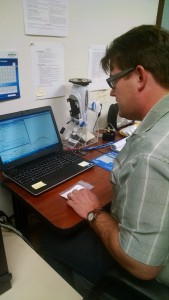 petrographic microscope, a Bruker P-XRF, sediment analyzer, Mastersizer sediment analyzer, and photographic equipment. In addition to these resources, the Center has a collection of over 1,200 Paleoindian projectile point casts for teaching and research. The Center also has a type collection of Texas projectile point types and a teaching collection of lithic specimens and artifacts. The Center maintains a comprehensive library of more than 3000 volumes related to First Americans archaeology, including many site excavation reports, as well as an archive of reprints and many hard to find articles. The Center has a large array of field equipment needed for field projects conducted by Center faculty and students.
petrographic microscope, a Bruker P-XRF, sediment analyzer, Mastersizer sediment analyzer, and photographic equipment. In addition to these resources, the Center has a collection of over 1,200 Paleoindian projectile point casts for teaching and research. The Center also has a type collection of Texas projectile point types and a teaching collection of lithic specimens and artifacts. The Center maintains a comprehensive library of more than 3000 volumes related to First Americans archaeology, including many site excavation reports, as well as an archive of reprints and many hard to find articles. The Center has a large array of field equipment needed for field projects conducted by Center faculty and students.

